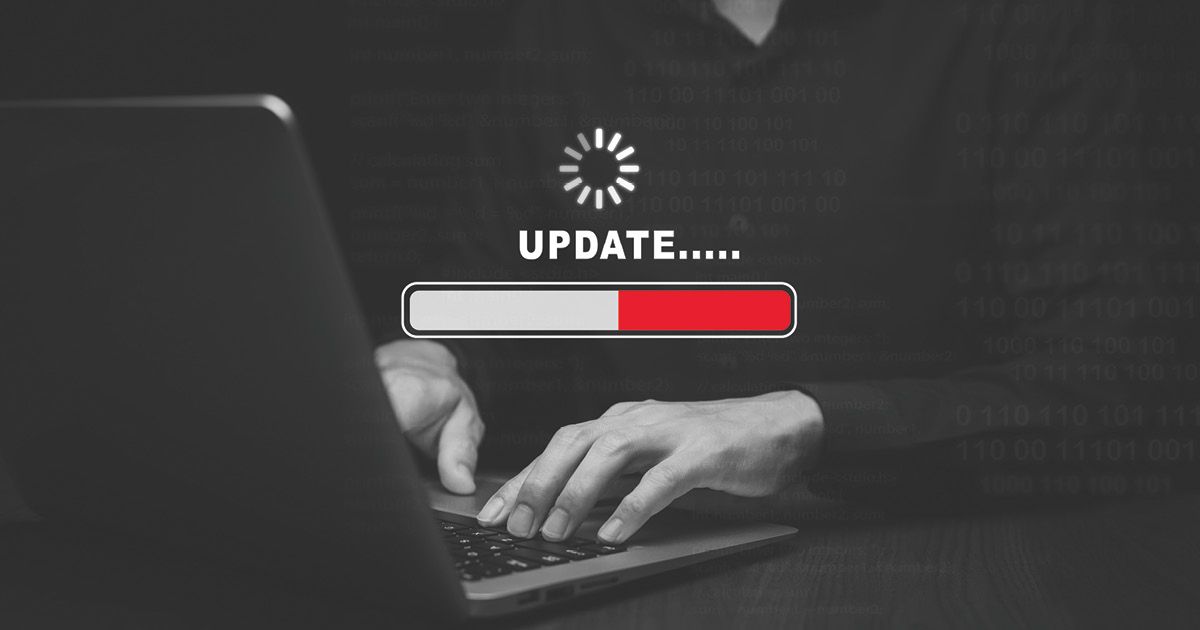Your website is often the first impression clients have of your business. For many, it’s the main way potential customers decide whether to engage with you or move on to a competitor. But unlike a printed brochure, a website isn’t “done” once it goes live - it’s a living, breathing part of your business. To stay effective, it needs to be reviewed, updated, and eventually rebuilt on a regular cycle.

How Long Does a Website Last?
On average, a well-built website has a functional life span of 3-5 years. After that, changes in technology, design trends, search engine algorithms, and user expectations mean it can start to feel dated - or worse, underperform. Even if the content still seems relevant, the behind-the-scenes structure, speed, and security may be falling behind current standards.
Signs It’s Time for an Update or Redesign
While there’s no single “expiry date” for a website, there are clear signs it’s time to make changes:
- It looks outdated compared to competitor sites.
- It’s not mobile-friendly or doesn’t meet current responsive design standards.
- It loads slowly, frustrating visitors and harming search rankings.
- Your business has evolved, but your site no longer reflects your services, team, or brand identity.
- Leads and enquiries have dropped, suggesting it’s not engaging your audience effectively.
- Security issues or an old platform that is no longer supported by updates.
Regular Reviews Are Key
You don’t need to rebuild your website every year, but you do need to maintain it regularly. A good rule of thumb is to:
- Review your content every 6–12 months to ensure it’s accurate, relevant, and optimised for search engines.
- Update imagery, case studies, and news regularly to keep your site feeling fresh.
- Check performance quarterly, including speed, broken links, and mobile usability.
- Plan for a full redesign every 3–5 years, depending on how fast your industry, technology, or brand is evolving.
Why Freshness Matters
Search engines, particularly Google, reward websites that are active and relevant. Fresh content signals that your business is engaged and up to date, helping you maintain visibility in search results. For visitors, an updated site builds trust as it shows you take your online presence seriously and are invested in providing accurate, helpful information.
The Cost of Standing Still
A stale or outdated website doesn’t just look bad, it can cost you business. If your competitors’ sites are faster, easier to use, and more visually appealing, potential clients will notice. In some cases, older sites can even be a security risk, leaving you vulnerable to hacking or data breaches if the underlying software is no longer supported.
The Bottom Line
Think of your website as a business asset, not a one-off project. With regular maintenance and strategic updates, it can remain a powerful marketing tool for years. But when your site starts to show its age (whether in design, performance, or functionality) it’s time to invest in a refresh or rebuild. In today’s fast-moving digital landscape, staying current isn’t optional; it’s essential for staying competitive.
The Sharpe team maintain your website on a weekly basis, we are always uploading, tweaking and maximising content to ensure you are leveraging your value add well.

